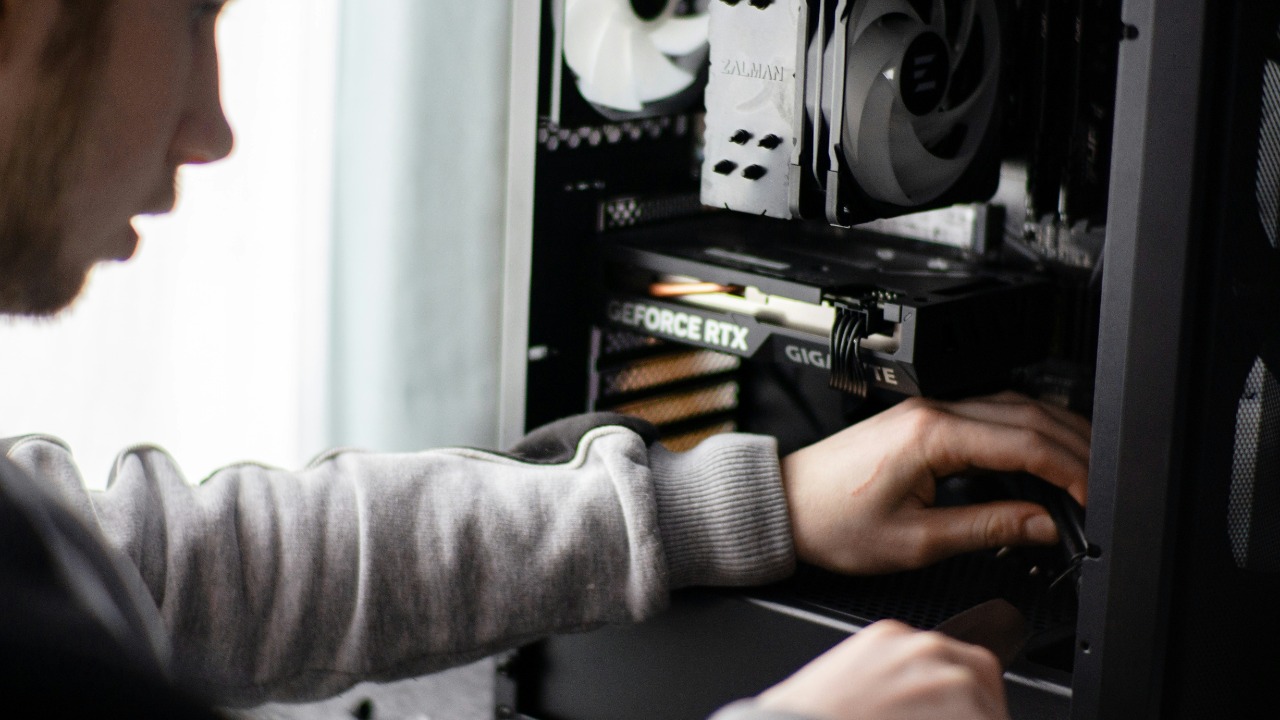
Setting up a new computer can be an exciting task, but it’s also one that’s fraught with potential pitfalls. Whether you’re a seasoned tech enthusiast or a novice user, it’s easy to make mistakes during the setup process that can have long-term consequences for your device’s performance and security. Here are ten common mistakes people often make when setting up a new computer, and how to avoid them.
1. Skipping the Operating System Update
One of the first things you should do when setting up a new computer is to install any available operating system updates. These updates often contain important security patches that can protect your device from potential threats. However, many users are eager to start using their new device and skip this crucial step, leaving their security vulnerabilities exposed. Always take the time to install updates before you start using your new computer.
2. Ignoring Data Backup and Transfer
Before setting up a new computer, it’s important to back up any important files from your old device. Failing to do so can result in permanent data loss. Whether it’s important documents, cherished photos, or essential software, make sure to back up your data and transfer it to your new device.
3. Installing Bloatware Without Review
New computers often come preloaded with software that you may not need or want. This unnecessary software can slow down your device and take up valuable storage space. Take the time to review and uninstall any unwanted software before you start using your new computer.
4. Using Default or Weak Passwords
During the initial setup of your new computer, you’ll likely be prompted to create a password for your user account. It’s important to choose a strong, unique password to protect your account and personal information. Using weak login credentials can leave your account vulnerable to hacking.
5. Neglecting Antivirus Installation
Installing reliable security software is another crucial step in setting up a new computer. Without it, your system could be exposed to malware and other threats. Not installing an antivirus program can leave your system vulnerable to malware during early use. Make sure to install and update your antivirus software as soon as possible.
6. Choosing the Wrong Linux Distribution
If you’re opting for a Linux-based operating system on your new PC, it’s important to choose the right distribution, or “distro”. Choosing an incompatible distro can lead to setup frustrations and wasted time. Research the different Linux distributions available and choose the one that best suits your needs and skill level.
7. Connecting to Unsecured Networks Early
During the setup process, you may be tempted to connect your new computer to a public Wi-Fi network. However, these networks are often unsecured and can leave your personal information vulnerable to data interception. Always ensure your network connection is secure before connecting your new device.
8. Overlooking Privacy Settings
When setting up a new computer, it’s easy to overlook privacy settings and accept the default configurations. However, these default settings often allow apps and services to access more of your personal data than you might realize. Be sure to review and adjust your privacy settings to protect your personal information.
9. Downloading from Untrusted Sources
During the setup process, you may need to download and install additional software or drivers. However, it’s important to only download from trusted sources. Downloading from unofficial sites can introduce potential viruses to your system. Always verify the source before downloading any software or drivers.
10. Forgetting Hardware Driver Updates
Finally, don’t forget to update your hardware drivers. Many new computers come with generic drivers that may not provide optimal performance. Using these drivers instead of the manufacturer-specific ones can lead to performance issues. Always check for and install any available driver updates for your hardware.
By avoiding these common mistakes, you can ensure a smoother setup process and a more secure and efficient computing experience. Remember, taking the time to set up your new computer properly can save you a lot of trouble down the line.
More from MorningOverview